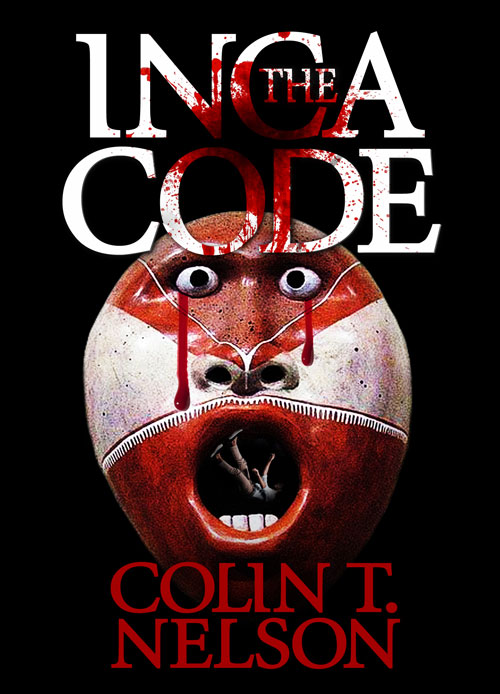On a recent adventure to India, I wanted to see the Taj Mahal, which we did. I also wanted to see the holiest spot on earth for Hindus—a city  called Varanasi. I called it “the city of the dead” because many Hindus believe if they die there (or even after they die if their bodies are taken there) their spirits will be released into eternity.
called Varanasi. I called it “the city of the dead” because many Hindus believe if they die there (or even after they die if their bodies are taken there) their spirits will be released into eternity.
It’s an ancient city on the Ganges River—itself a holy place for Hindus—that may be 5,000 years old. It certainly looks like it.
We had come to Varanasi to view the Ganges and the people’s activities along the river. We were there both at sunset and sunrise. To reach the river is the tough part because thousands of others also want to go to the river. Luckily, we hired rickshaws (Carts for two people pulled by a bicycle and driver) I thought I was prepared for the crowding and noise—I wasn’t.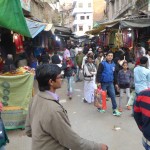
Cars, trucks, cows, rickshaws, people, and tuk-tuks all squeezed into the ancient streets that were probably designed for a horse to pass through. The result was noise and pollution. Everyone with a horn honked it constantly, including bells on the rickshaws. The dust and smoke from open fires everywhere forced us to put on masks. (Maybe that’s the true reason for my name, “city of the dead”) Tiny shops lined the streets while many activities  were done right in the street—selling vegetables, blacksmiths, cooking food, and selling clothing. Clouds of sweet smoke from burning incense filled the air. Women wore saris in every color of the rainbow.
were done right in the street—selling vegetables, blacksmiths, cooking food, and selling clothing. Clouds of sweet smoke from burning incense filled the air. Women wore saris in every color of the rainbow.
It sounds horrible, I know, but after a while, it became fascinating. I’ve never been in a situation even remotely like the ride to the Ganges.
When we got closer, we dismounted from the rickshaws and walked single file (it was the only way to get through the crowds) toward the river. When we got there, several “ghats” opened before us as did the river. It stretched wider than I imagined and looked cleaner than I’d expected. “Ghats” are a series of stone steps that lead down and into the water. The steps run along the side of the river for a long way. People use the steps to get into the water and bathe, drink, or stand and pray.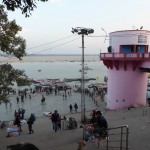
We climbed into one of the colorful wooden boats that work their way along the river. We started down river and saw tall buildings, palaces, homes, and hotels standing next to the river. Some of the palaces had been built in the 1400s and still stood in beautiful splendor. The river was crowded with boats all going the same place we were—the crematoriums.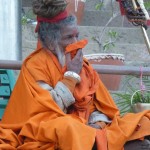
Hindus cremate their dead to release the soul to eternity. Unlike the West where we do it privately in mortuaries, they do it in the open. We reached an indention in the river bank and stopped to watch. Six platforms built of sandalwood stood beside the river. Each one had a fire burning beneath it and the flames reached up to surround a body on every platform.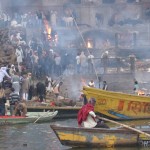
Coming from the U.S. I felt revulsion, to some extent, to see bodies actually being burned, but I also felt reverence for a place that is so holy to millions of other people in the world. I learned something in those moments.
More to come in the next post.






